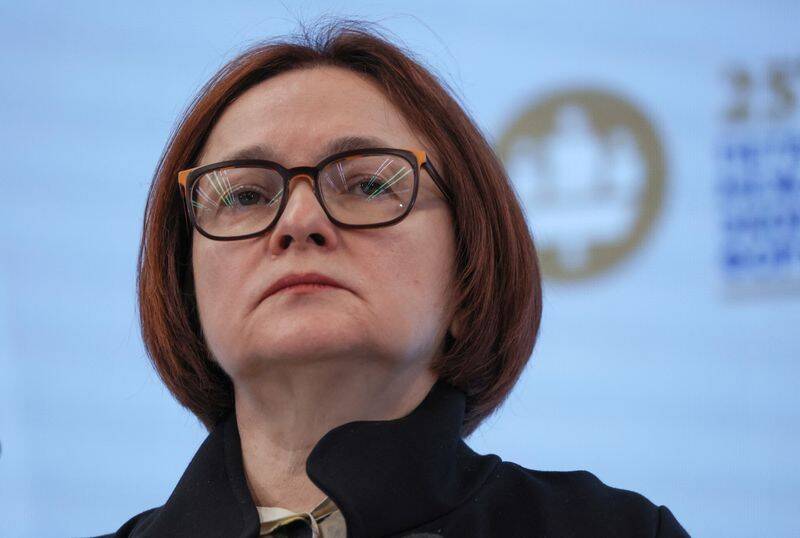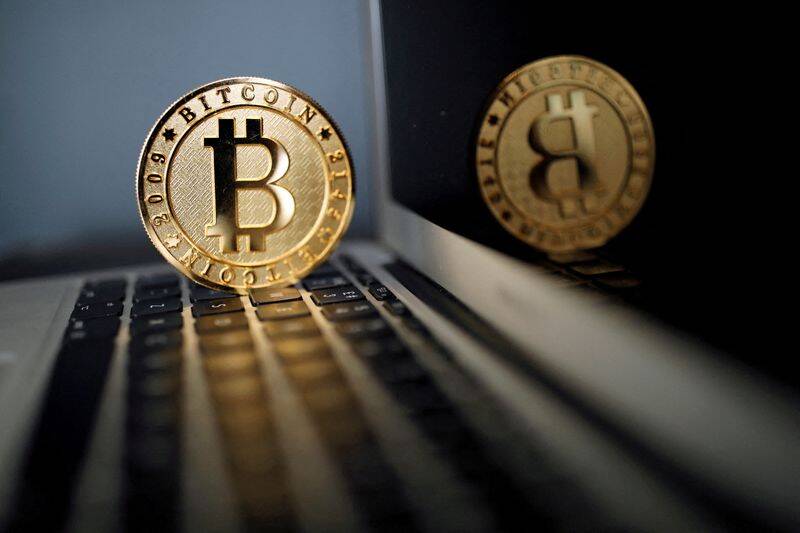Advertisement
Advertisement
Search Indicator:
Choose Country 
Japan Manufacturing PMI
Last Release
Jul 31, 2024
Actual
49.1
Units In
Points
Previous
50
Frequency
Monthly
Next Release
N/A
Time to Release
N/A
Highest | Lowest | Average | Date Range | Source |
56.2 Jan 2014 | 29.6 Feb 2009 | 50.11 Points | 2008-2024 | Markit Economics |
The Jibun Bank Japan Manufacturing PMI® is compiled by IHS Markit from responses to monthly questionnaires sent to purchasing managers in a panel of around 400 manufacturers. The panel is stratified by detailed sector and company workforce size, based on contributions to GDP. Survey responses indicate the direction of change compared to the previous month. A diffusion index is calculated for each survey variable. The index is the sum of the percentage of ‘higher’ responses and half the percentage of ‘unchanged’ responses. The indices vary between 0 and 100, with a reading above 50 indicating an overall increase compared to the previous month, and below 50 an overall decrease. The PMI is a weighted average of the following five indices: New Orders (30%), Output (25%), Employment (20%), Suppliers’ Delivery Times (15%) and Stocks of Purchases (10%). For the PMI calculation the Suppliers’ Delivery Times Index is inverted so that it moves in a comparable direction to the other indices.
Latest Updates
The au Jibun Bank Japan Manufacturing PMI unexpectedly declined to 49.0 in November 2024, the lowest figure since March, from a final 49.2 in October, missing market expectations of 49.5, according to preliminary data. This marked the fifth consecutive month of contraction in factory activity, as both output and new orders decreased, with the former experiencing the most significant drop since April. Additionally, foreign demand and purchasing levels remained weak, although the rate of their decrease slowed. Firms reduced employment levels for the first time since February, and backlogs of work fell significantly. Delivery times continued to lengthen, albeit at a slower pace. On the pricing front, input cost inflation eased to a seven-month low, while output cost inflation accelerated to its highest rate since July. Despite these challenges, business sentiment improved.
Japan Manufacturing PMI History
Last 12 readings







